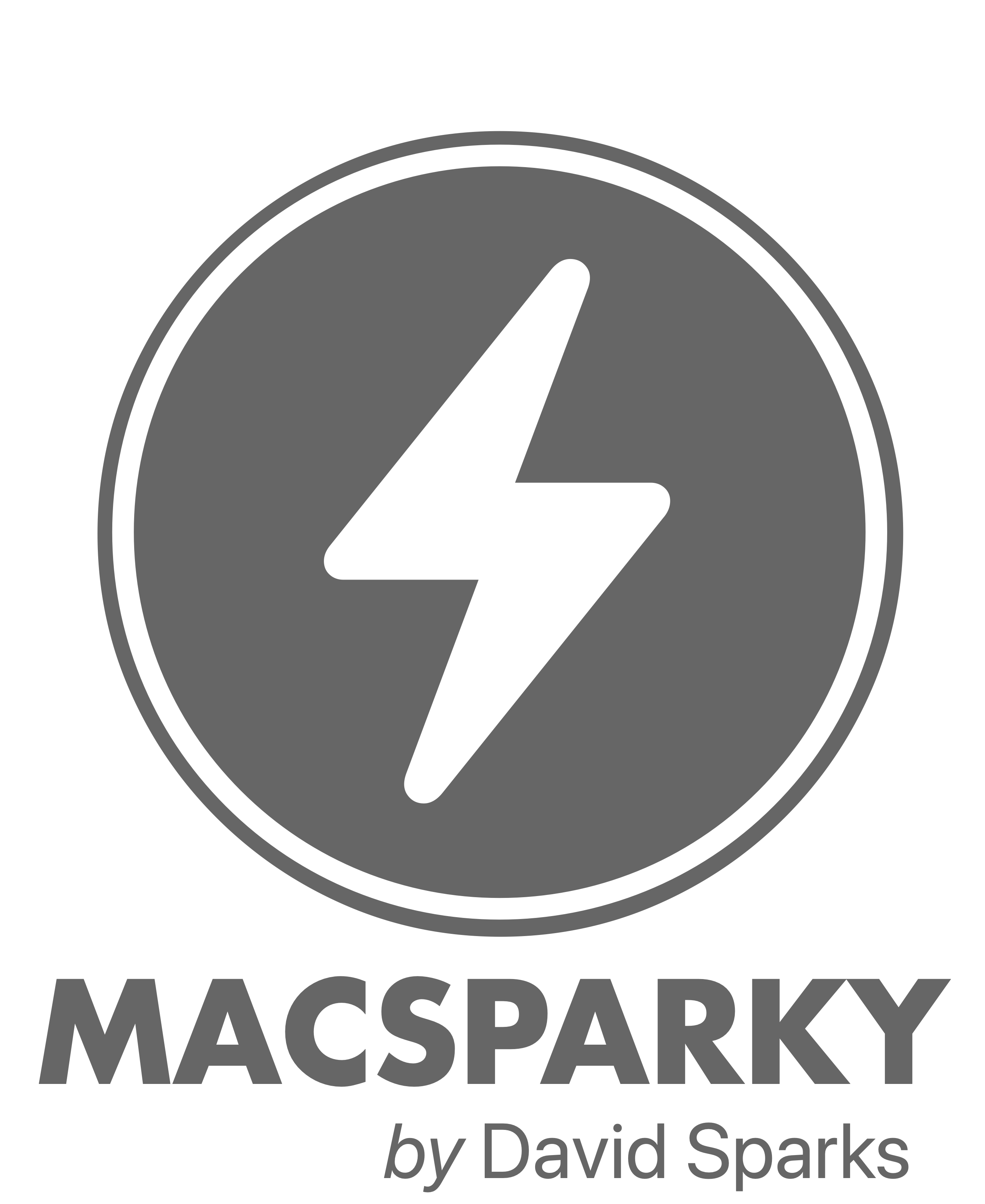
Quinn Nelson recently did a solid job of breaking down the launch of Assassin’s Creed Shadows on the Mac. If you’re not tracking these things, that’s a big deal: it’s a flagship AAA game that released on the Mac the same day as on other platforms. That kind of same-day launch is rare for the Mac.
So I bought the game. Not because I’m a hardcore Assassin’s Creed fan (though who doesn’t want to sneak around feudal Japan?), but because I was curious. How would it perform on my M2 Max Mac Studio?
The answer: not great.
Actually, worse than not great. The frame rate was inconsistent, often dipping well below 30 frames-per-second when the environment got the least bit complex. There were moments where the game froze entirely. I went through every resolution and graphics setting, from high to medium to low. I even dropped it all the way down to 720p with the lowest possible settings, and it was still unplayable. Perhaps this is because I use a Pro Display XDR? The above screenshot is what my screen looked like often while trying it out.
This is the first time I’ve ever requested a refund on a Mac app.
I want to root for Apple’s gaming ambitions. The company has been talking more about bringing serious titles to the Mac, and Assassin’s Creed Shadows looked like a step in the right direction. But if Apple wants to make a credible push into AAA gaming, they’ve still got a lot of work to do, both on the software optimization side and with developer support.
